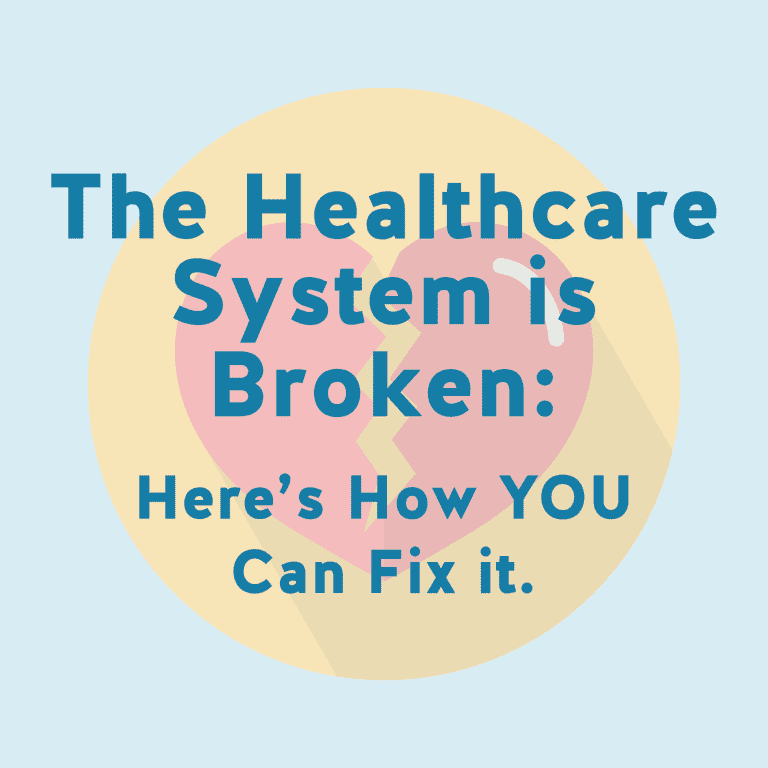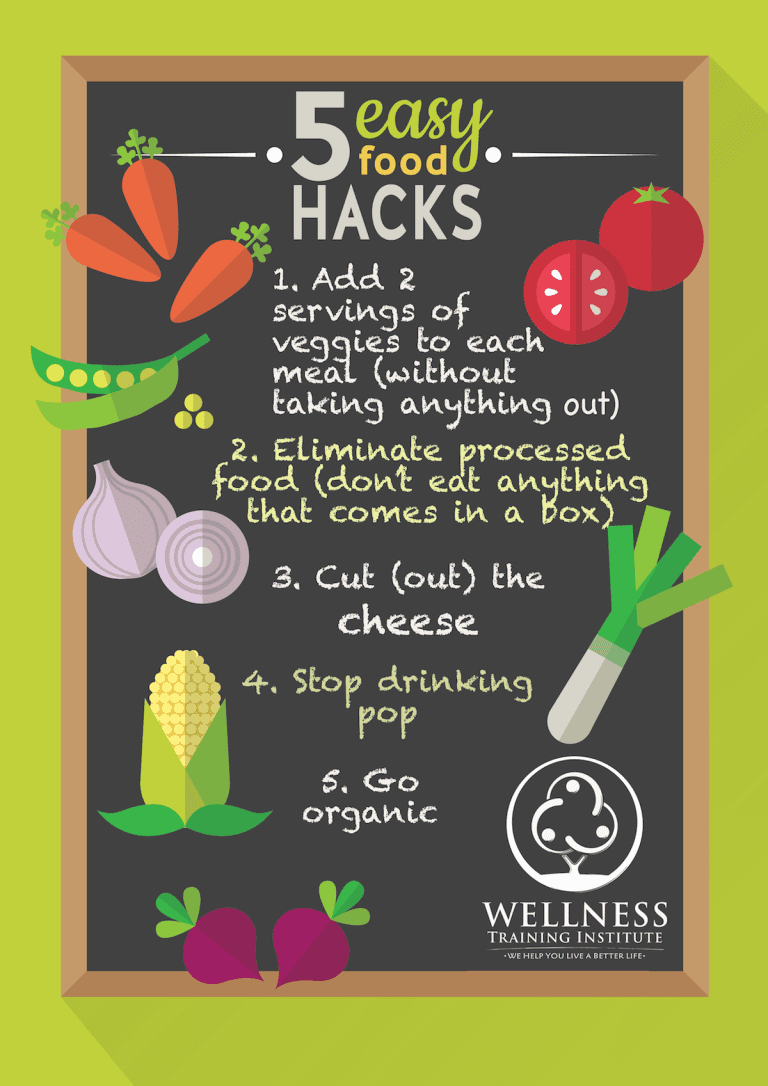The Power of Getting Quiet
By Michael Dangovian
September 22, 2016

Do you feel good?
Right now, at this moment, do you feel good?
As a cardiologist now halfway through my third decade of practice, I’ve noticed two things about the possible answers to that question.
The first: Most people don’t feel good.
The second: Sadly, most people don’t even know what feeling good feels like.
Living in this toxic culture, eating what we eat, racing through our day, and rarely stopping to take inventory of what out bodies are telling us—most people I’ve talked to over the years have been miserable for so long that they have no idea what it means not to be miserable.
It’s sad. Heartbreaking, really.
And although there is no one cure for this problem, there are some systematic steps you can take to at least begin to understand what feeling good is like.
The good news here is that once you understand that feeling, you’ll want to preserve it. You’ll want to keep feeling good.
Here are two of the things we teach our members at the Wellness Training Institute. They are steps in a larger process, but they really all fall under one category: Getting Quiet.

Awareness
I preach awareness constantly. And there’s a reason for it.
Health is built upon the integration of the body, mind, and soul. If all of those things are working together, then you are healthy. It’s as simple as that.
One of the best ways of getting those things working together is through a practice of mindfulness… about everything you do.
It makes a lot of sense: To do something, or make something, or even consider choosing one thing over another, it takes a certain amount of concentration. It takes information. It takes awareness. You have to know that something is there, or that there’s even the potential of a choice.
The way to do that is to become quiet. To sit inside an individual moment. To understand where your body is in relation to the rest of the universe. To watch and listen for what’s actually going on inside your body.
It’s also about documenting what you do. We use a gratitude journaling exercise with our Wellness Training Institute members. It’s a highly effective way to force someone to pause, to look for the positives in their lives, and it sets them up to find more positive things throughout their day.
It’s about getting the mind quiet, calm, and ready to choose life over death, one minute after the next.

Elimination Diet
An elimination diet is used, first and foremost, to quiet the gut. What I mean by that is this: By taking out potentially reactive foods from your diet (foods that might be causing problems, either by themselves are in a cross-reactive way with other, non-problematic foods), we can get your body to a place where it can just work the way it needs to.
A good example of this is gluten. For a lot of people, gluten doesn’t cause much of a problem. But for those whose bodies react to it, that reaction is usually pretty extreme.
So, by removing gluten from the diet for a little while, the body—the gut—can quiet down and get on with the business of doing its job.
Just like cultivating awareness, an elimination diet allows things to reset, to quiet down. It also allows you to understand what your body needs—as well as what it doesn’t.
It’s probably not an accident that in most cultures (but not ours, for the most part) there’s a time of fasting. For some, it’s a day. Or a week. Or, like Ramadan, a month.
They seem to know something that we don’t here in our culture. There’s power in putting the brakes on constant consumption. There’s power in letting things get still to the point where we can sense things, hear things. There’s power in just shutting things down for a time—for the body, mind, and soul—and just getting quiet.
So, how do you feel? If you feel great, then great!
If not, I would encourage you to come to our FREE Wellness Dinner Seminar. We’ll eat a good meal together, and we will give you a ton of great information about how you can get quiet and take that next step to getting healthy and staying that way!







